THE story of how an 8-inch, self-propelled howitzer and its crew made a significant contribution to the Korean War is relatively unknown, even to the veterans of that war. In need of a more powerful gun at their position on the 38th parallel, members of the Reserve's 780th Field Artillery Battalion developed an amazing hybrid cannon.
The 780th, attached to corps artillery in Korea, helped Soldiers hold their position in the town of Kajon-ni. Nicknamed the "Cavalier Redlegs" because its three batteries were all from Virginia, the 780th is best known for the first use of direct assault fire from an 8-inch, self-propelled howitzer in Korea, George Ellis recalled. Direct assault fire means the artillery crew has a direct line of sight between the gun and the target, and aims and fires the weapon using visual cues.
Ellis, an infantryman who entered the Army with the 31st Dixie Division National Guard, was attached to the 780th in August 1951. "I was a fish out of water," he said. "I was used to seeing the thing that I was supposed to shoot at, and in artillery you don't."
Though Ellis was not involved with the first use of direct assault fire, sometimes the 8-inch howitzer came under his unit's supervision.
"I had the privilege of directing fire and getting to know the crew," he explained.
The hybrid cannon was named "The Bastard" by its crew during development. Its subsequent push up a 3,878-foot, snow-covered hill was dubbed "Operation Mountain Goat."
Ellis explained that Capt. Eric Cates noticed the Chinese and North Koreans were tunneling through the opposite mountain and fortifying bunkers with sandbags. The enemy would shoot one or two rounds and then pull back. After an unsuccessful attempt to destroy the enemy position with nearby 90-millimeter Marine tanks, Cates sent word his position would need a bigger gun to destroy the enemy.
The officers back at headquarters remembered that in World War II, the Army placed an 8-inch tube and breach block on a 155mm self-propelled carriage to clear German street barricades, Ellis said. They decided the same tactic would work again in Korea, and gave the order to remove a 155 howitzer from its carriage and replace it with an 8-incher.
Once assembled, the 780th's B Battery, led by 1st Lt. Dennis Crafton, volunteered to take the weapon uphill to Cates' position.
"They had to construct a road all the way to the top of the hill. It was only a jeep trail," Ellis said, explaining the combat engineers took almost three weeks to make the road passable enough for the 8-inch unit to get to the top of the hill.
"It is now December, we're talking about we're above the 38th parallel. It (was) snowy and icy...the treads started slipping and they couldn't make any progress. So the engineers furnished a bulldozer with the blade raised up, and they pushed and pulled the 8-inch howitzer up the 10-mile, ice-covered road," Ellis said.
Once in position, the cannon shot a 200-pound, high-explosive round 1,800 yards into enemy bunkers. "(On) the first day they obliterated, I believe, 32 of the enemy bunkers and did not receive any incoming fire," Ellis said.
The 8-incher proved to be invaluable to members of the 780th and those near the battalion.
The second crew to scale the hill with the cannon after Operation Mountain Goat was the 780th's D Battery. John Rem, the cannoneer for the crew, said it took three days to bring the howitzer up to the firing area.
"We were always followed and led by the combat engineers because they had to tow this thing up the slopes, and then they had to lower it down with cables when we were going down again," Rem said. The combat engineers would tie the howitzer to trees when they stopped so it wouldn't slide back down the icy hill.
Rem explained the crew knew they were making a difference with the cannon because the North Koreans and the Chinese would send men out to try to destroy it.
To fire the 8-incher, two men would raise a massive projectile onto the platform. The tube, or barrel, was lowered to put the round in, Ellis said. The harsh winter conditions often made it difficult for the crew to load the rounds.
The crew also had to wait three minutes between each round for the tube to cool down. "It takes a long time for a fire mission to take off," Rem commented.
Domenick Lombardi was stationed in the Punchbowl with the 7th Infantry Division, situated very close to the 8-inch howitzer's position. The Punchbowl, a circular depression surrounded by hills near the coast of Korea, was where some of the bitterest fighting in the war took place.
"This cannon used to fire, direct fire, right across the bunkers on the side where the enemy was, and you could literally see bunkers falling apart, and probably pieces of bodies flying all over the place," Lombardi said.
"We were blessed to have that huge cannon blasting out enemy positions...it not only destroyed their positions, but hampered their ability to launch (more) attacks because they were very busy rebuilding," he added.
Lombardi pointed out that the 8-inch howitzer was an easy target for the enemy, because it was so large and positioned right on top of the mountain. "Those guys who manned that weapon were certainly always in harm's way. I thank them and I am sure all of Company B thanks them for a job well done," he said.
Few people, even Korean War veterans, are aware of Operation Mountain Goat and the crews that manned the 8-inch cannon, or the key part it played in the war overall. The Army Reserve chose the 780th to represent all Reserve units that served in the war, dedicating a memorial to those Soldiers in May of 2009 at a veterans' hospital in Salem, Va., Ellis said. Etched on one side of the memorial are the names of 12 men from the unit who did not come home.
"That unit, the 780th Field Artillery Battalion, really helped us, our dog-faced Soldiers that were stationed up on that hill," Lombardi said, "Helped save a lot of our lives by destroying the enemy during the day. It certainly did its part in the war to help save us."
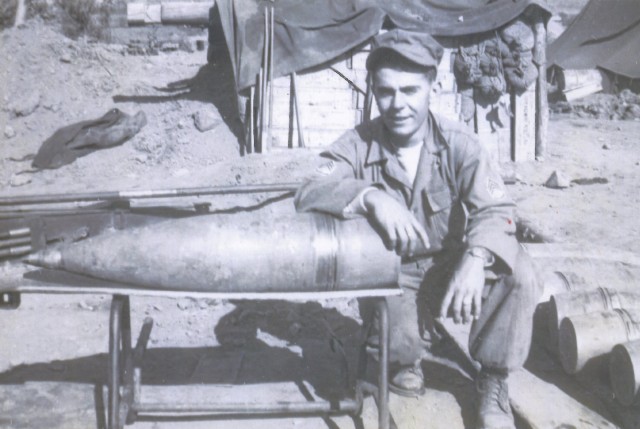
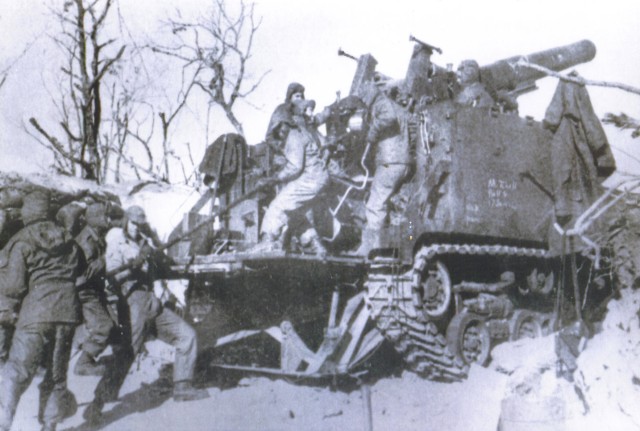
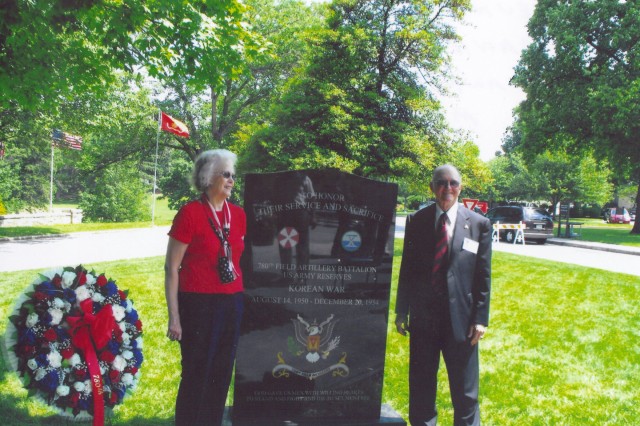
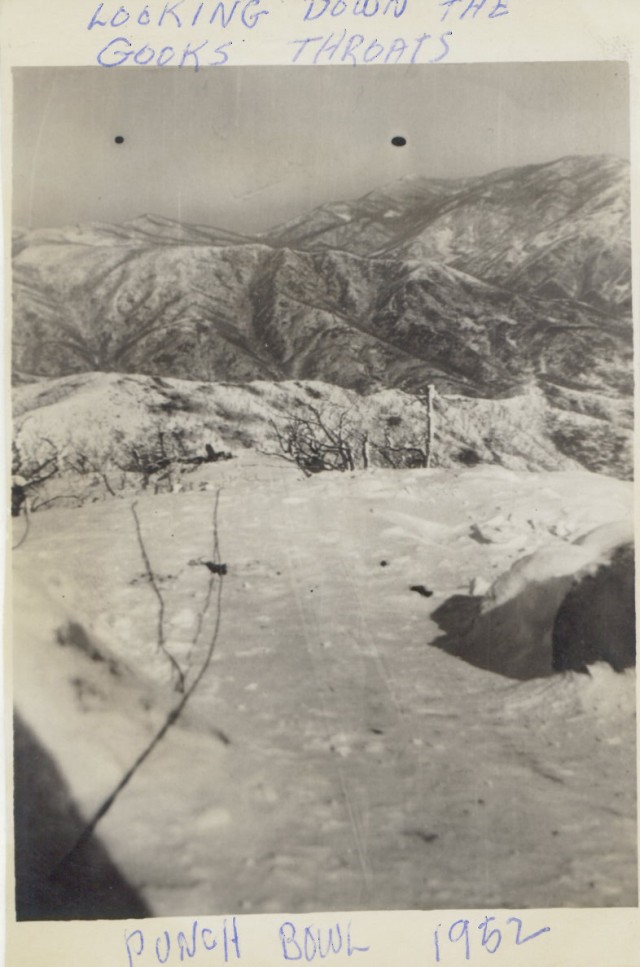

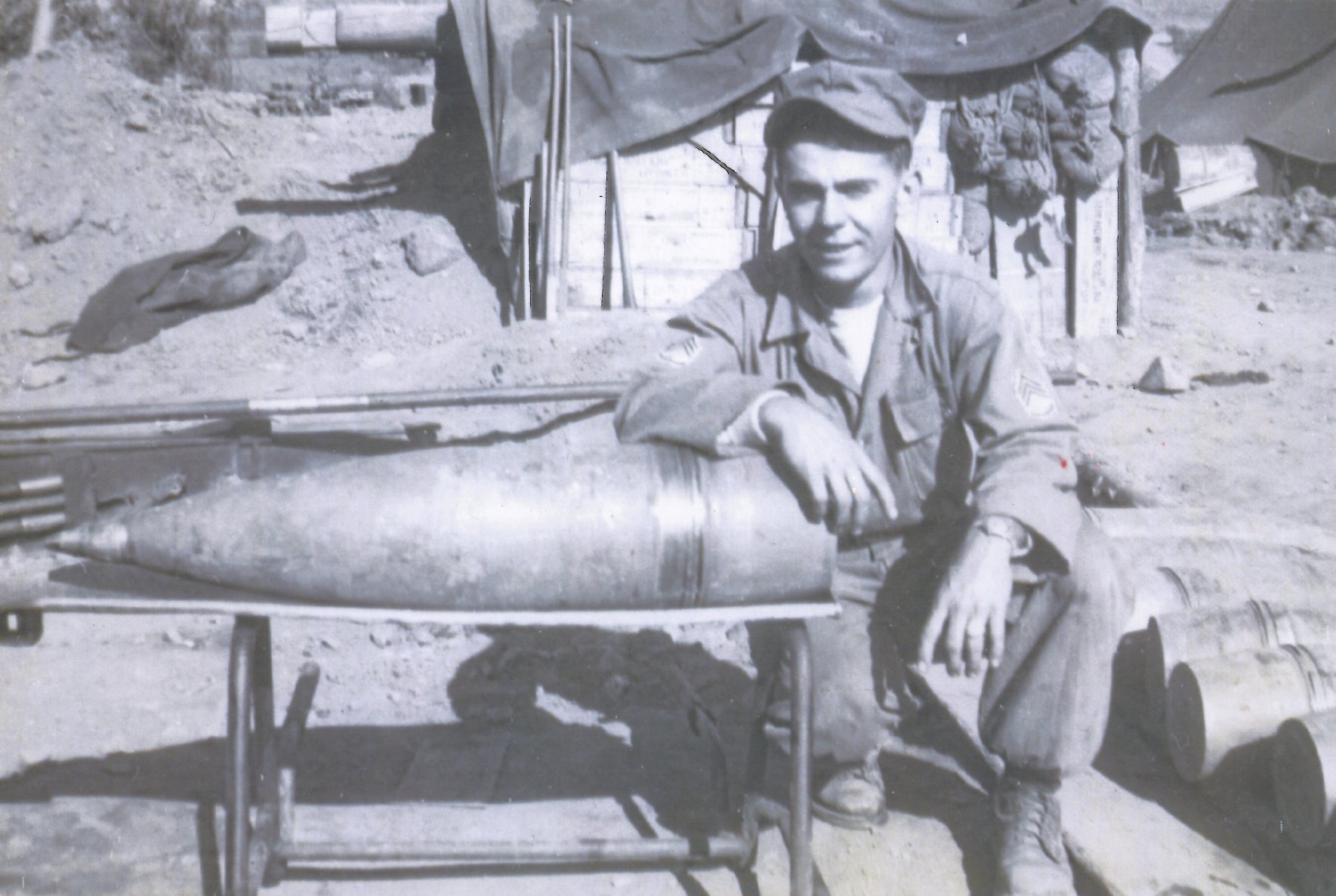
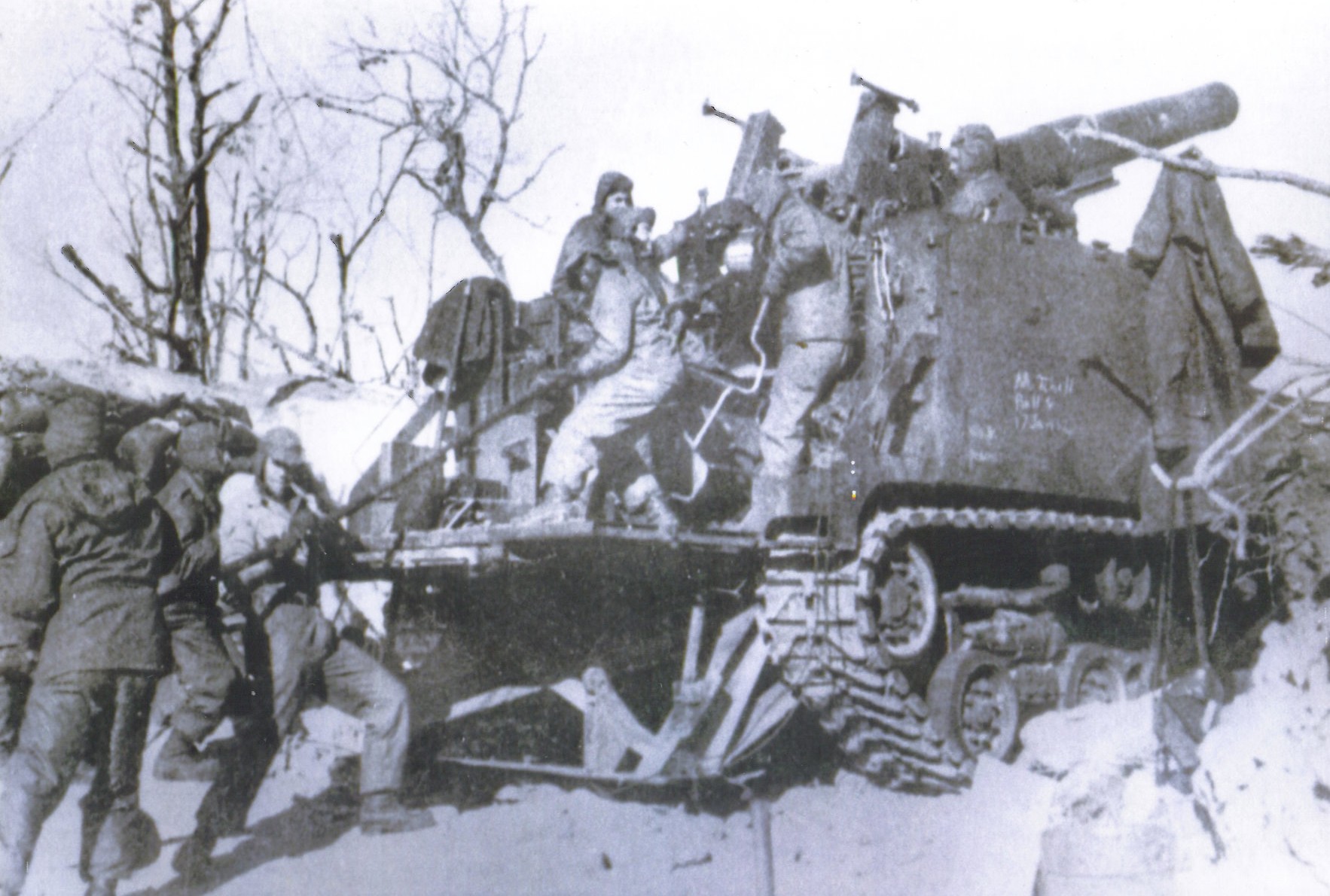
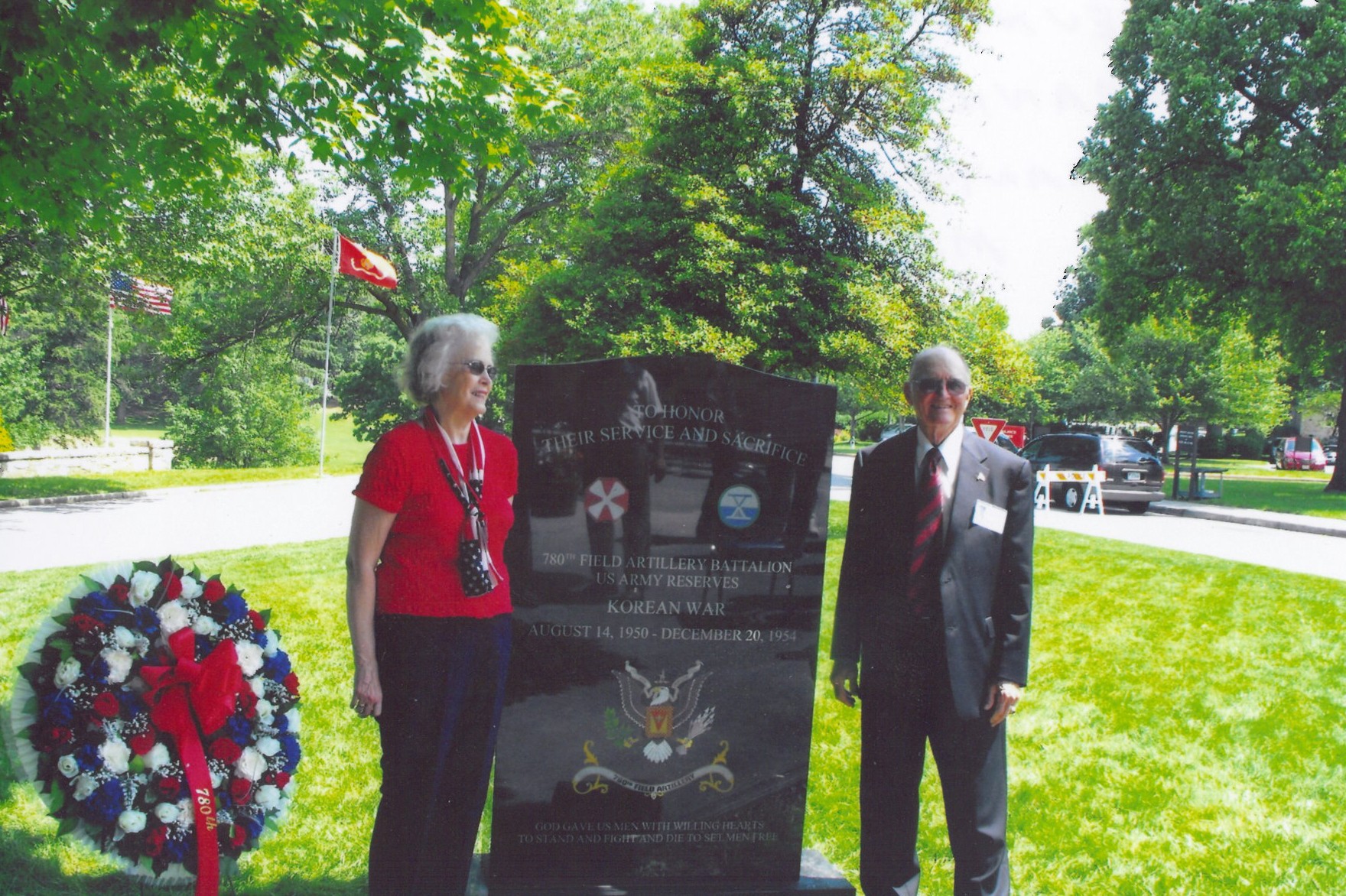
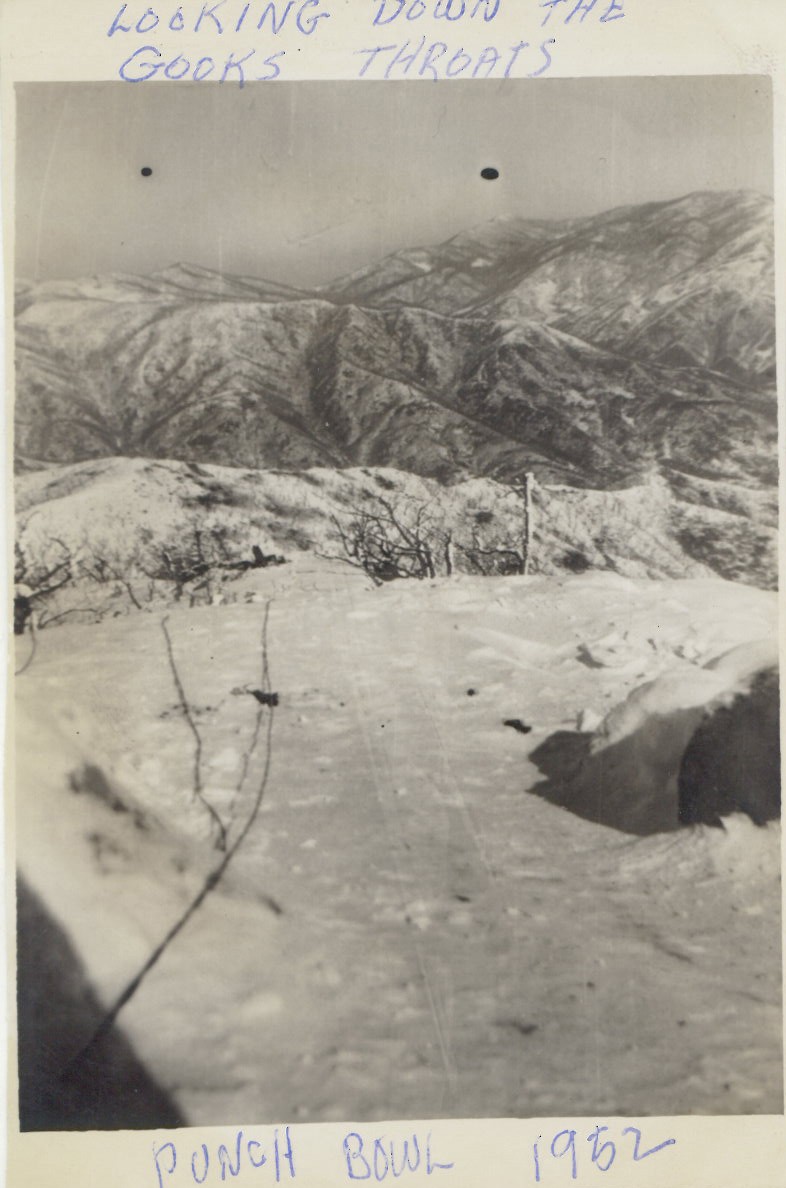
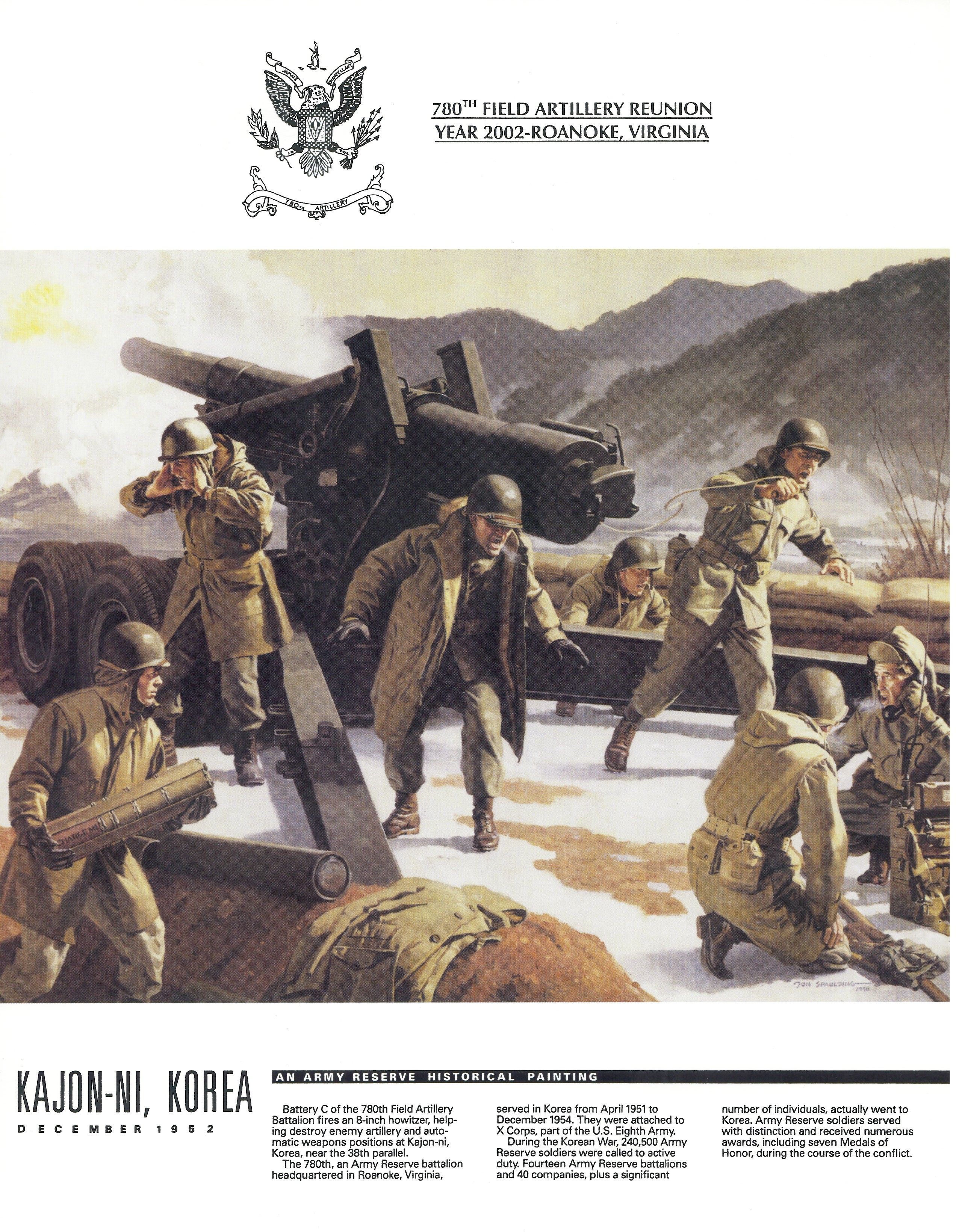
Social Sharing